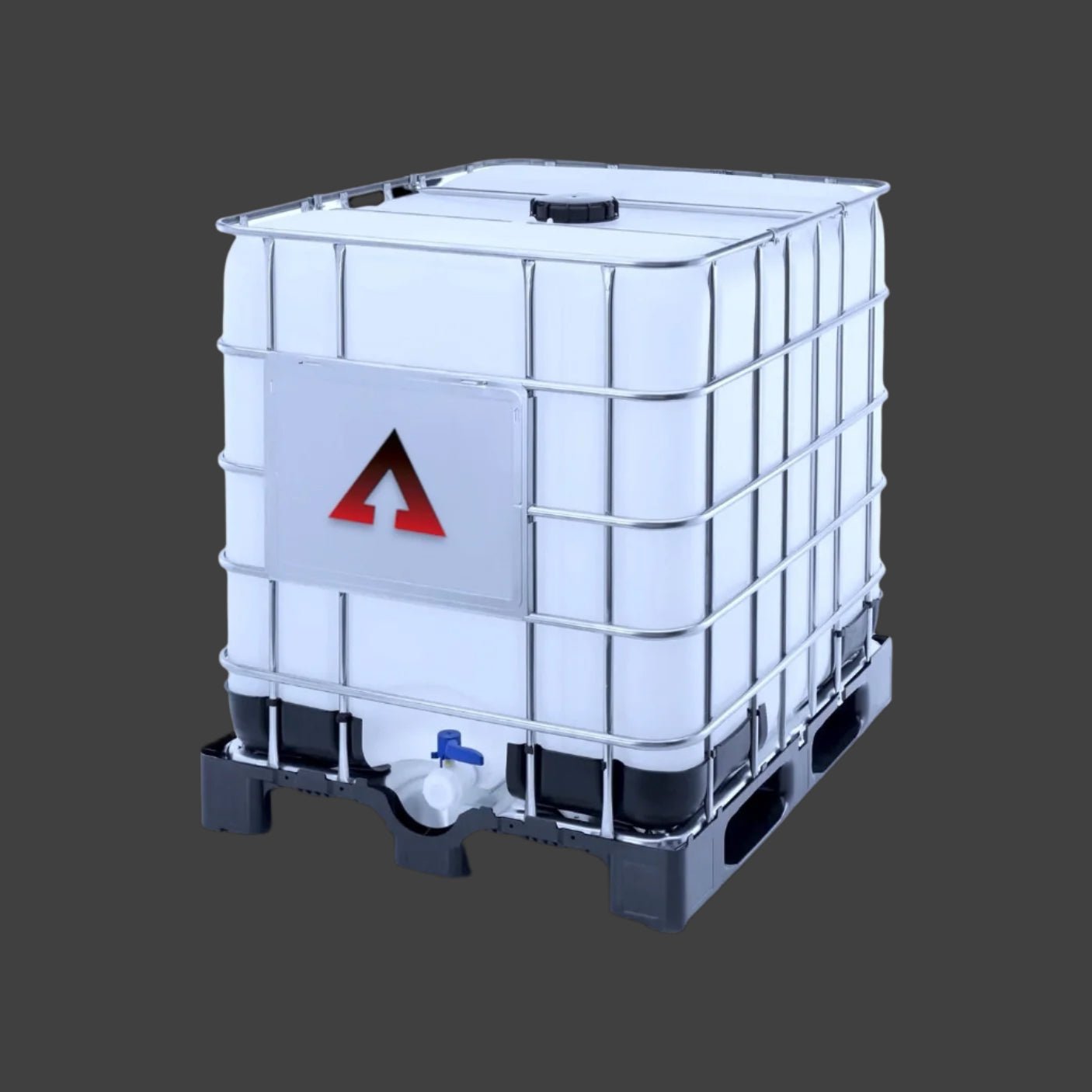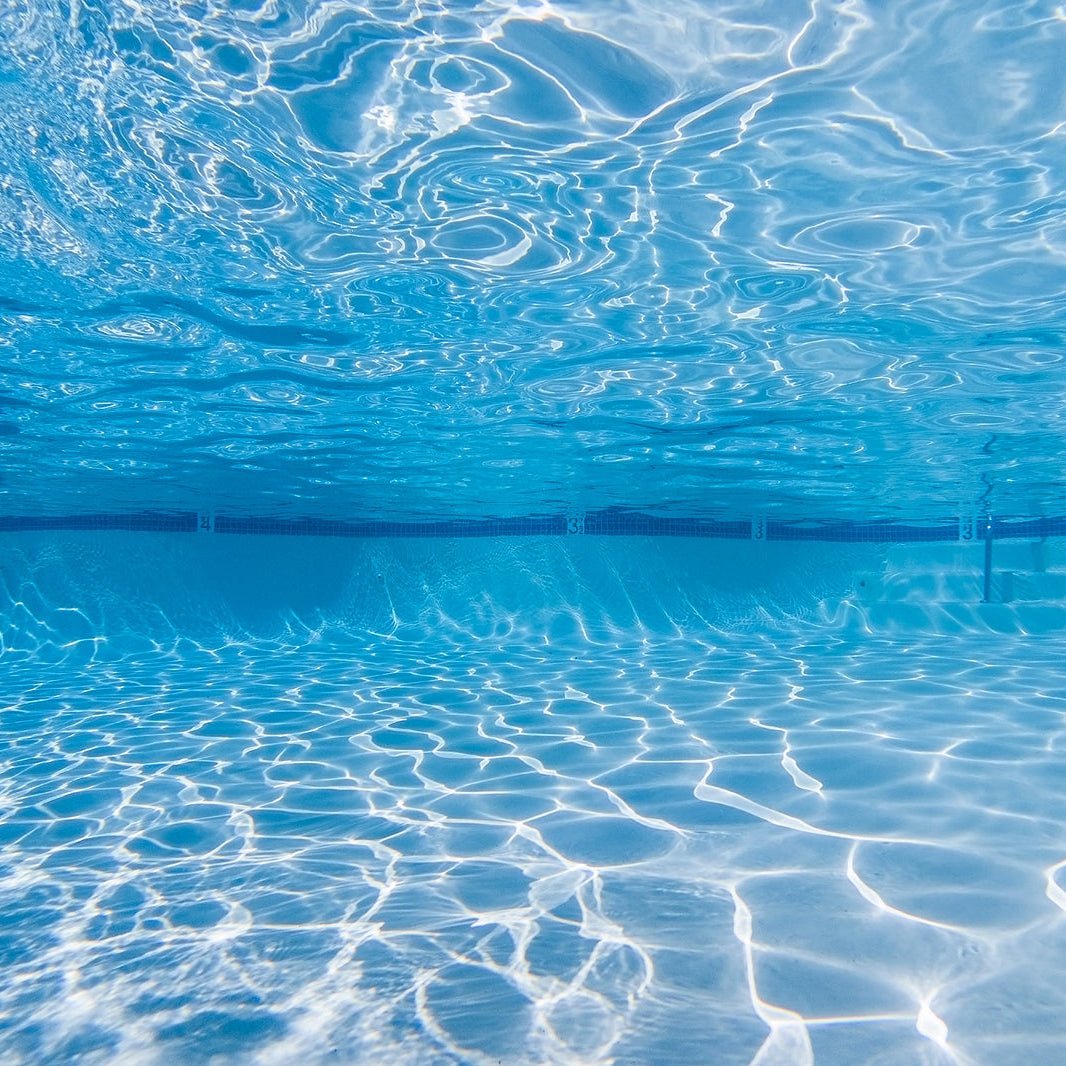1
/
of
2
Aracid
Polyaluminium Chloride
Polyaluminium Chloride
The price will be finalized after discussing partner needs.
Polyaluminium chloride coagulant is primarily used in the field of water and wastewater treatment. Polyaluminium chloride is suitable for the purification of surface water, groundwater and swimming pool water. It can also be effectively used for the treatment of industrial and municipal wastewater (sedimentation, flotation). It can be used as a raw material in papermaking, ceramic industry and other industrial areas.
Couldn't load pickup availability
Share


-
Usage
Drinking water purification:
- Surface water treatment
- Swimming pool water treatment
- Clarification
- Flotation
- Iron and manganese removal
- Contact screening
- Colloidal destabilization before nano- and ultrafiltration
- The use of drinking water for production was authorized by the National Office of the Chief Medical Officer of the Hungarian National Health Service under number OTH-926/2006.
Wastewater, industrial water treatment:
- In the field of industrial and municipal wastewater treatment, it is used both as a flocculating agent (sedimentation, flotation) and as a precipitating agent (phosphorus removal).
- It is used in the paper industry as a retention enhancer for fiber recovery and in sizing.
- It can also be successfully used in phase separation in industrial technologies.
- It is used as a single-component coagulant or flocculating agent for phase separation in the field of purification of highly polluted wastewaters and wastewaters containing oil derivatives.
-
Application
- Dosage: Can be used undiluted (as delivered) or pre-diluted.
- Place of dosing: If available, before the high-speed mixer. Create turbulence at the dosing point for intensive mixing.
- Dosage: Depends on the quality of the raw water. When clarifying surface water, the dosage is between 10-40 g/m3, the optimal dosage should be determined by preliminary laboratory testing (Jar test). The maximum dosage for drinking water should not exceed 100 g/m3. The aluminum content of the treated water should not exceed 0.2 mg/L.
When treating swimming pool water, the dosage is between 0.1-3.0 g/m3.
When treating wastewater, the dosage amount must be determined by preliminary laboratory testing, depending on the degree of contamination and the cleaning requirement. - Handling: When working with the material, avoid contact with eyes, skin, mucous membranes or open wounds. Use personal protective equipment!
- Storage: The container for storing the solution should be made of acid-resistant material, rubberized or plastic-coated material, or plastic. If stored outdoors, it requires protection from extreme temperatures.
-
1
/
of
3


